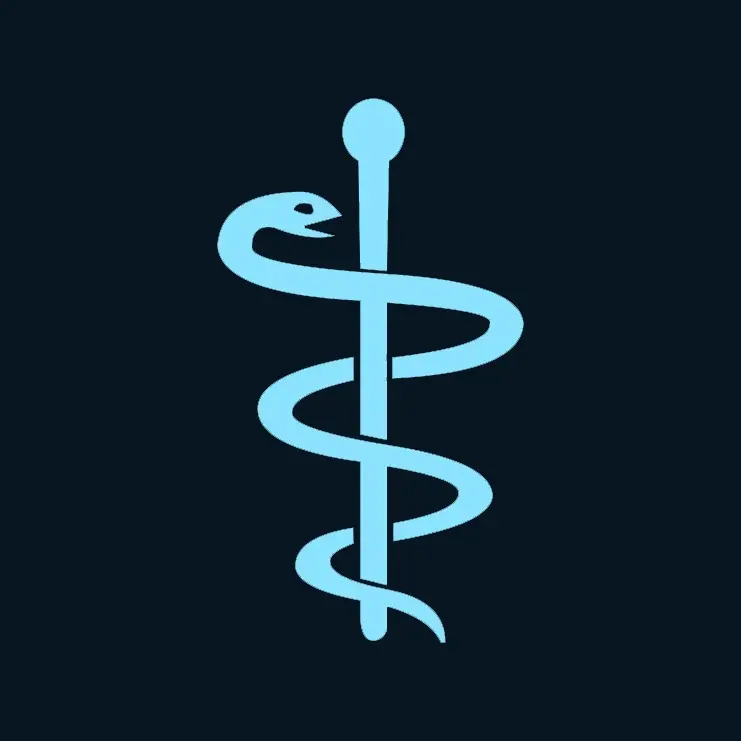That newsletter hardly seems like a qualified medical journal. The quoted study doesn’t go beyond central Australia and makes no correlation claims.
A published paper about it which sounds sort of anecdotally pretty convincing, although I will admit that it’s one of the weirdest papers I have ever seen in an apparently-peer-reviewed journal.
Some pop science articles about it from Vice and Psychology Today.
A paper specifically examining the question of, is this a real thing or just a statistical artifact to be expected based on the individual rarity of the two conditions. The results are inconclusive either way unfortunately.
I won’t say that that somewhat-less-than-airtight collection of links somehow proves that it’s real, but it’s also not just something that this weird random web site came up with.
Child-onset schizophrenics lose 10% of their brains ( this has been known since the 1920’s, so doctors rejecting that it is brain-injury, & remaining adamant that it is “illness of mind” of the child, has been gaslighting the subjects/patients for an entire century, and I’d found a PubMed paper which admitted that it had been known since the 1920’s, so it isn’t just Google Scholar that said such is the case ).
A researcher named Thompson, iirc, did mapping of the brain-loss process, showing where the cortex loses 20%, where it loses 15%, etc, down to 5%, vs where no tissue-loss appeared.
https://www.pnas.org/doi/epdf/10.1073/pnas.201243998
He said it took 5y for the wave of brain-loss to go through, & it looked like a slow-motion “forest fire”.
It may simply be that people born-blind have more spare-brain to repurpose, so they don’t get the mental-illness symptom from the brain-loss wave.
Whereas kids with all their brain being at-its-limit, and then being brain-decimated, they are psychically-butchered.
Notice that recently somebody published that living with cats doubles the child-onset schizophrenia-rate, so toxoplasmosis is implicated in the brain-injury/brain-loss, too.
Interesting angle…
Thank you for posting this, eh?
_ /\ _
My first instinct is answer B.
I wonder if it’s more of a coincidence because schizophrenia often presents as visual delusions. I do know it’s not always visual though. Another thought, is it harder to diagnose a blind person with schizophrenia? Maybe they do get it, but we don’t really know how to look for it in a blind person.
I thought schizophrenia presented with more auditory hallucinations than visual.
To be honest I think it’s both. But I’m no expert and no doctor. I guess I always thought it was more visual.
Even if that was a credible source, both the number of people born blind and the percentage of the population with schizophrenia must be tiny. So the expected number of cases could well be below 1 for that tiny fraction of a tiny fraction. Or it might just be undiagnosed, or someone affected by both might have died very young, or hasn’t got a standard if living that even makes a diagnosis reasonable/likely, or a myriad of other reasons. Also causation vs. correlation and all that…



